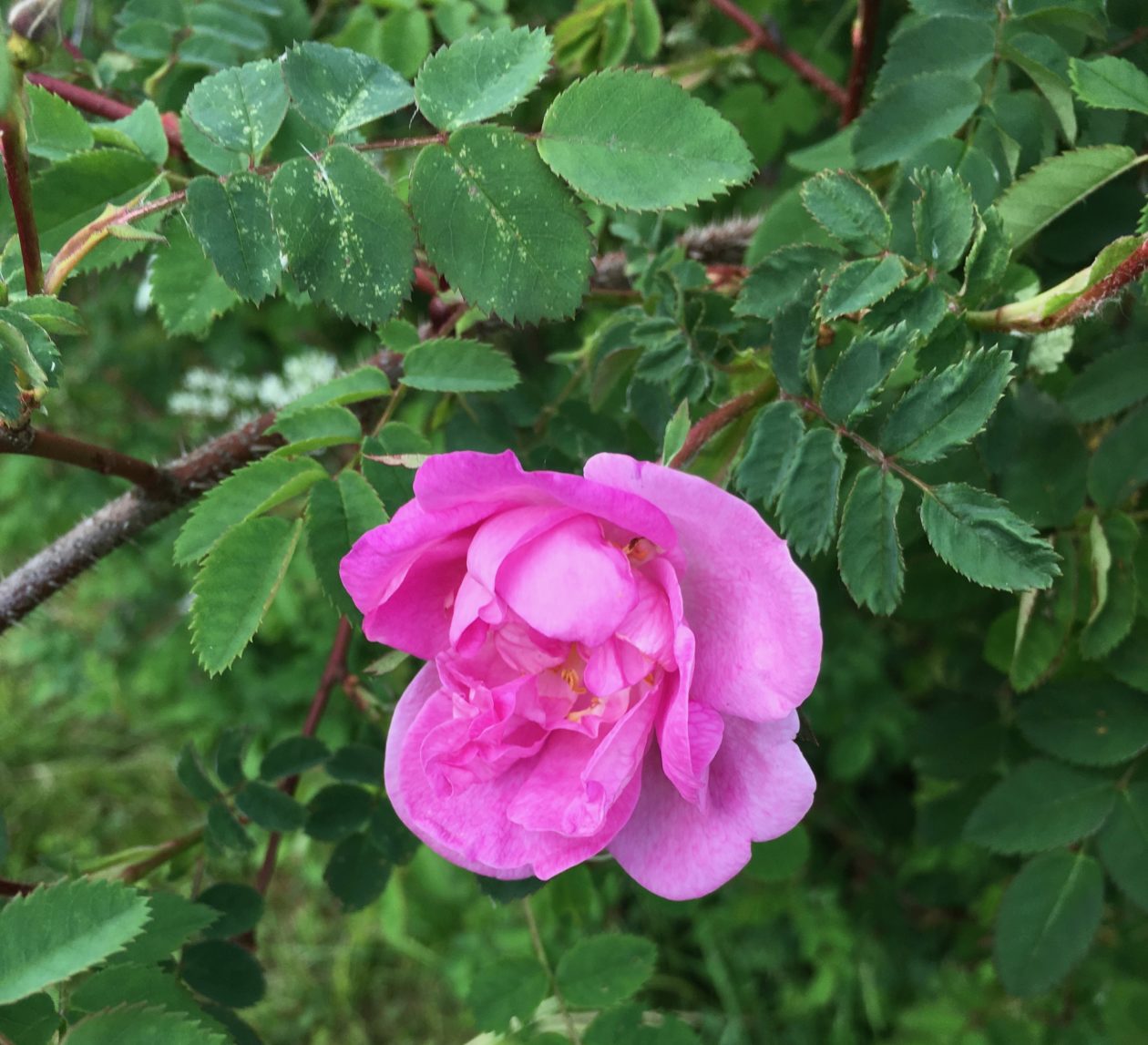Since the worldwide phenomenon of haiku is under development, we can ask ourselves if there are any particular characteristics of haiku. I will here report what I have read (and hopefully understood) from a book on haiku: The Penguin Book of Haiku, presented by Adam L. Kern.
To quote from page XXXVII, the essence of haiku is ”its extreme, almost excessive brevity”.
Many people equalize haiku with a three line poem where there should be 5 – 7 – 5 syllables on the lines following each other. In modern haiku the ”rule” rather goes: short-long-short.
Here is one example of 5-7-5, not one of the best:
the grazing robot
no longer works on my grass –
dandelions’ stop
(YW)
More essential than syllable counting is the requirement that a haiku should contain a season word (Japanese ”kigo”) and a ”cut” (Japanese ”kire”). For modern poetists, the ”cut” is the most important. What is this?
The cut is the pause between two ideas in a haiku. The cut most often appears after the first line or before the last one. The reader is startled and starts trying to get the ideas to fit together. That’s what makes haiku interesting, at least for me
I made one myself like this:
a fallen tree
the smell of broken wood
– into a haiku
(YW)
This one I made in a satiric mood – I thought that every tragedy might be turned into a haiku.
Note that there is no season word in this haiku. A tree can fall whenever. For me, the idea was more important than the observation.
The relationship between the two parts (sometimes called ”fragment” and ”phrase” respectively) can consist in:
Contrast
Association
Comparison
In my haiku I wanted to contrast the text (haiku) against the natural phenomenon (tree).
There is a lot to be read about this topic, and I want to recommend the following presentation by Alan Summers:

A very good explanation on haiku, personally I rarely write 5-7-5, I find being as brief as possible and still capturing that moment in nature a very enjoyable challenge